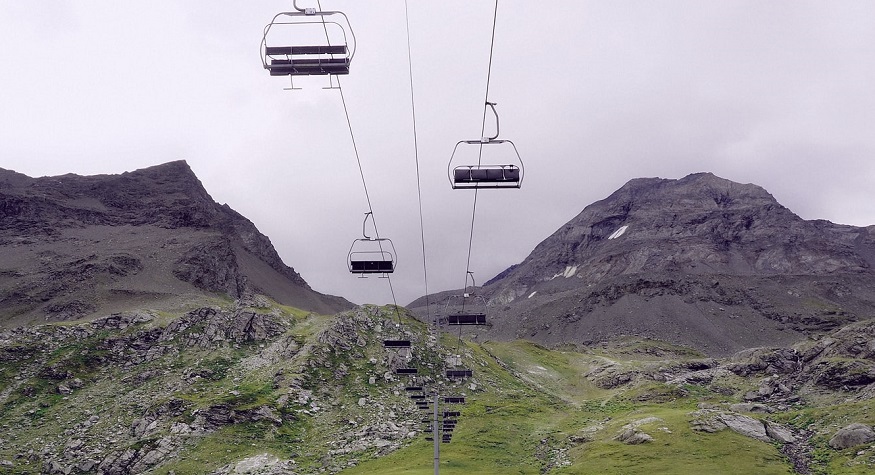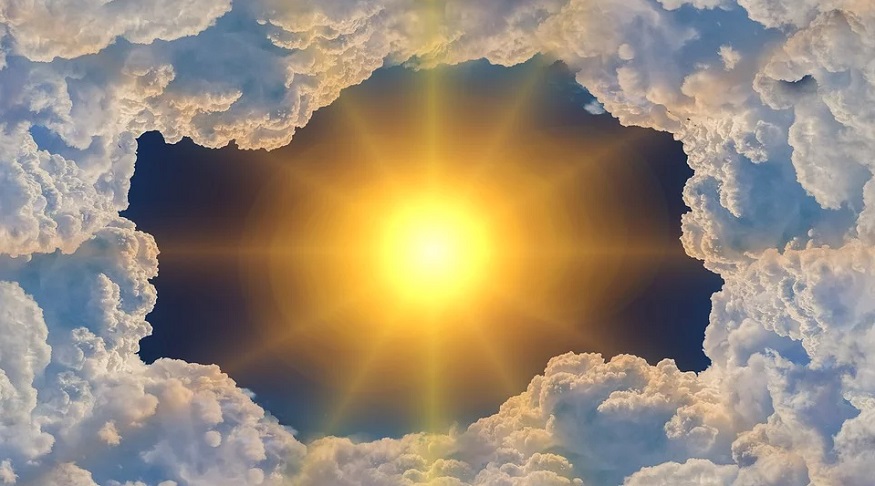
Mountain gravity energy storage could be viable alternative to lithium-ion battery storage
November 20, 2019New research suggests that mountains can be used for long term battery storage.
Researchers from Austria, Denmark and Italy believe that mountain gravity energy storage (MGES) could be an efficient electricity storage solution for surplus renewable power. They also believe that it is more effective than lithium-ion battery storage in regard to storing energy for longer periods of time and at larger scales.
The more cost effective and longer energy storage method would function like a ski lift.
The new study from Institute for Applied Systems Analysis (IIASA), published in the journal Energy, outlines the use of mountain gravity energy storage for long-term energy storage and proposes that a system that functions somewhat like a ski lift could generate electricity.
The system would be motorized and would feature cranes positioned on the edge of a steep mountain. The cranes would pull cables carrying containers full of sand or gravel to the top of the mountain, similarly to how a ski-lift functions with chairs. A motor would transport the storage vessels that store potential energy. As the sand or gravel is lowered back down the mountain, driven by only the force of gravity, electricity is generated in the process.
The amount of energy that is created depends on the sand or gravel’s mass, gravity and the mountain’s height.
Mountain gravity energy storage could be particularly useful in rural, remote and island regions.
The researchers believe that the most ideal place for a MGES system would be in locations with high mountains, such as the Rocky Mountains, the Alps, the Himalayas and islands that have mountainous terrain, such as Hawaii, Madeira, Cape Verde and the Pacific Islands.
Using mountain for storage could be combined with hydroelectricity, which could be economically beneficial for mountainous regions and areas with microgrids and high energy costs.
As an example, the study focused on Molokai Island in Hawaii, and showed how all the island’s power needs could be met with solar, wind, batteries and the MGES system.
That being said, IIASA researcher Julian Hunt said in a press release that the researchers do not think that mountain gravity energy storage technology should replace any current energy storage  options. Instead, what this technology offers, is a new method for storing energy as well as a way to harness untapped hydropower potential in areas that have high mountains.
options. Instead, what this technology offers, is a new method for storing energy as well as a way to harness untapped hydropower potential in areas that have high mountains.



 HFN News is your leading source for fresh hydrogen and renewable energy updates. Amid the fast-paced growth of hydrogen companies, we provide top-notch news and insights about this exciting sector. Our coverage spans from hydrogen cars to global sustainable initiatives, and we highlight the latest in green jobs and developing hydrogen hubs. We invite you to share your local hydrogen news and explore today’s renewable energy job listings on our site. Thanks for choosing HFN News as your trusted guide to the hydrogen and renewable energy world!
HFN News is your leading source for fresh hydrogen and renewable energy updates. Amid the fast-paced growth of hydrogen companies, we provide top-notch news and insights about this exciting sector. Our coverage spans from hydrogen cars to global sustainable initiatives, and we highlight the latest in green jobs and developing hydrogen hubs. We invite you to share your local hydrogen news and explore today’s renewable energy job listings on our site. Thanks for choosing HFN News as your trusted guide to the hydrogen and renewable energy world!